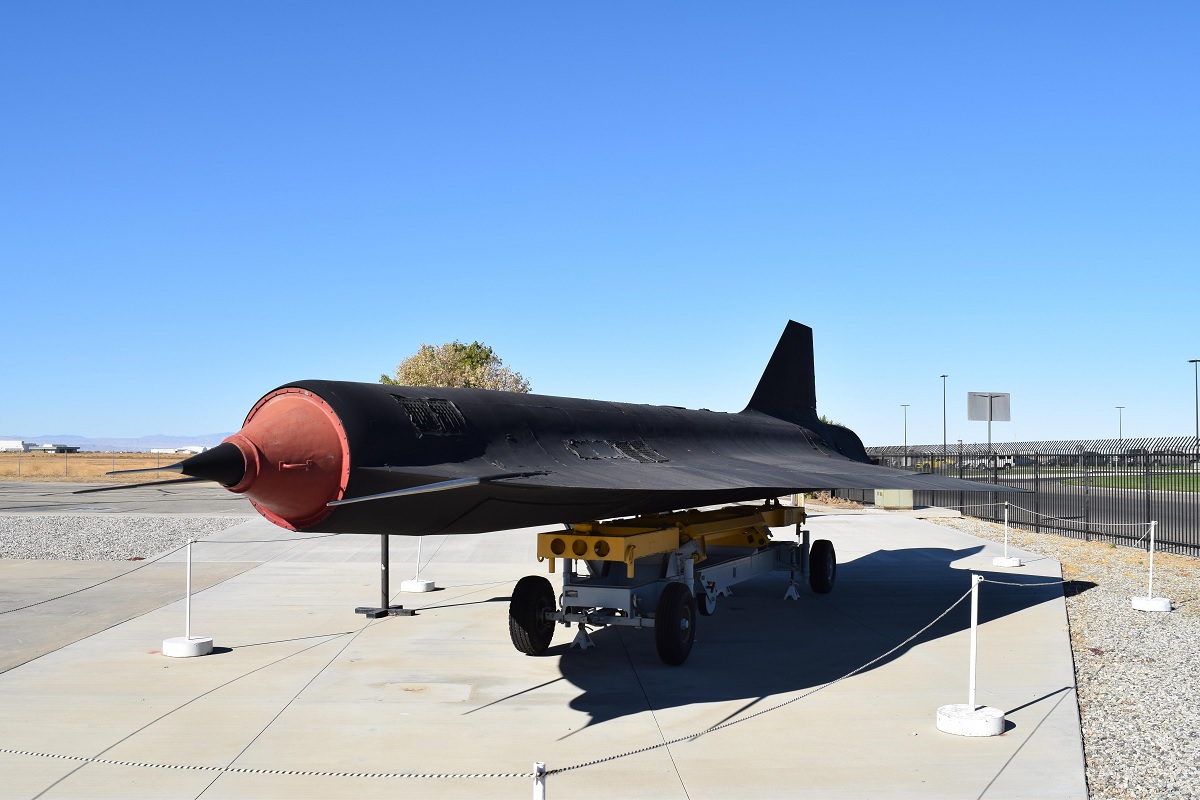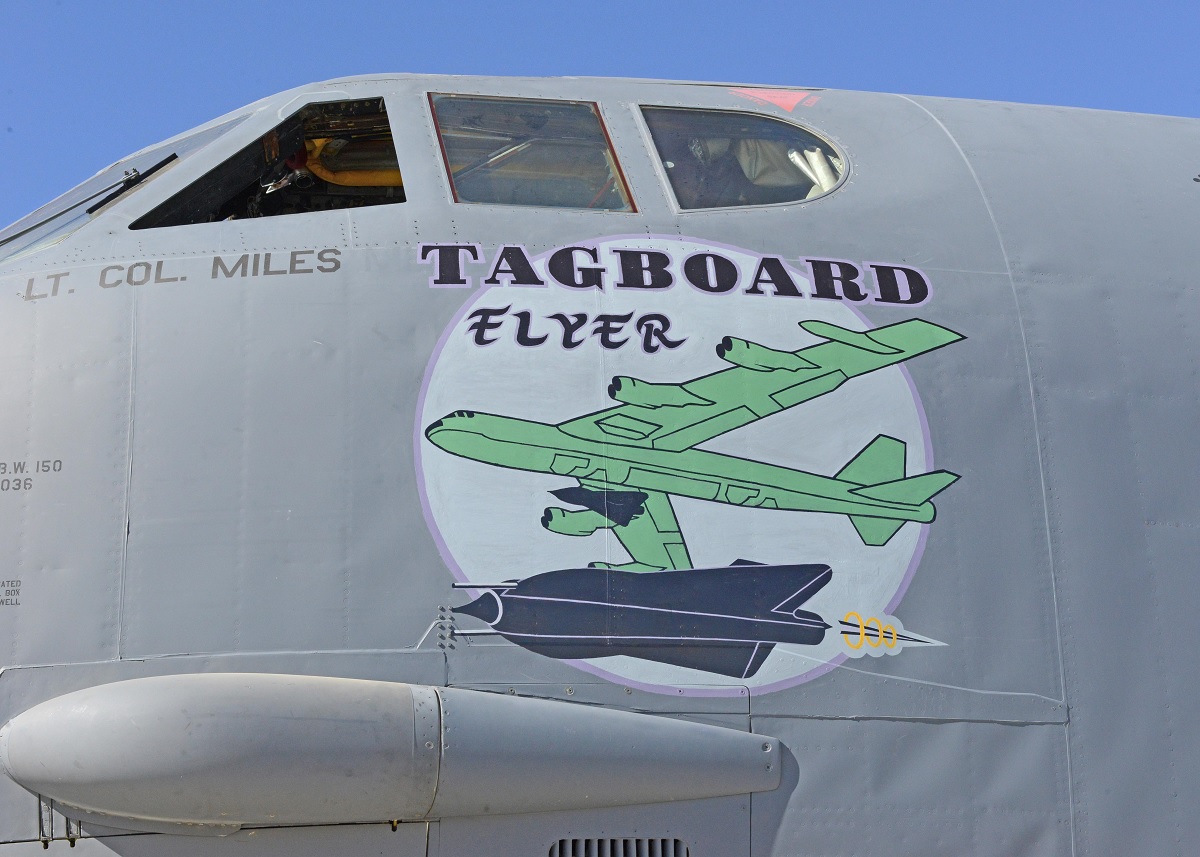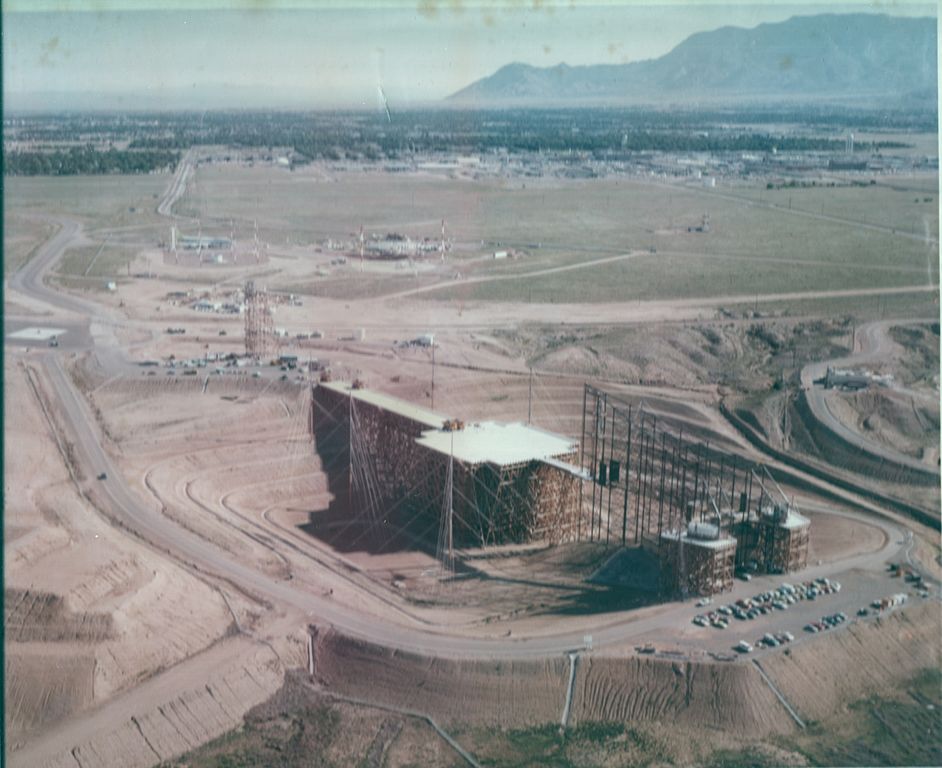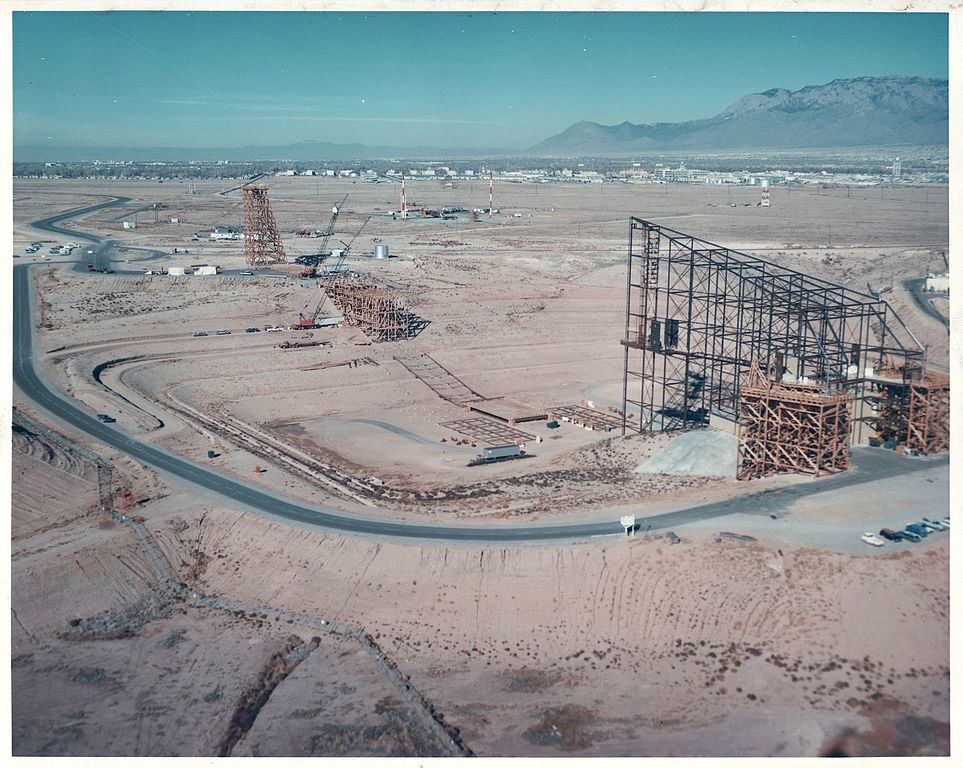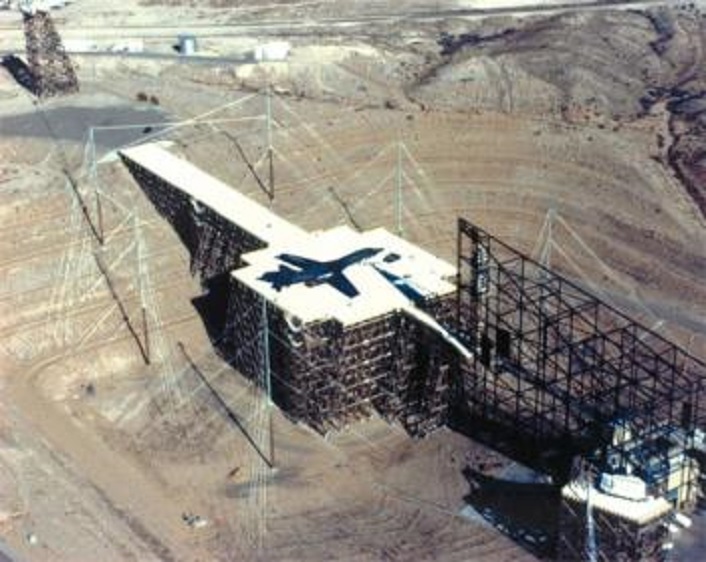“We heard the first explosion, then a second, and then a third. The Taleban was on base and we were under attack. Believe me, there was not a rifle in the rack one minute later, which left me looking for one,” Willie Walker, Boeing airframe specialist and former Marine who witnessed the raid on Camp Bastion
The U.S. Marine Corps (USMC) bought the Harrier from the U.K. in the 1970s because of its special vertical/short take-off and landing (V/STOL) characteristics. It has been used for close air support (CAS) for more than four decades. In late 2001, as part of the “War on Terror,” it led the USMC air attack on the Taleban and al-Qaeda in Afghanistan in AV-8B Harrier II form.
From the beginning of Operation Enduring Freedom (OEF) to the withdrawal of NATO forces, Harrier II squadrons were almost always present in the theater of operations until their role was completed in September 2013.
In spite of this, the USMC Harrier IIs sent to Afghanistan suffered the biggest loss of American air power in a single occurrence since the Vietnam War when eight AV-8Bs were lost or severely damaged by a Taliban raid on Camp Bastion in Helmand province on the night of September 14, 2012.
The Marine Attack Squadron 211 (VMA-211) CO, Lt. Col. Chris Raible, and Capt. Kevin Smalley had just finished a routine mission and parked their jets that night when Camp Bastion came under attack from a force of 15 Taleban insurgents wearing U.S. Army uniforms, according to Lon Nordeen’s account in his book AV-8B Harrier II Units of Operation Enduring Freedom. After breaking through the outer perimeter of the base, the insurgents divided into three groups of five and assaulted the VMA-211 personnel in tented quarters close to the flight line, the AV-8Bs in their temporary hangars on Lima Ramp, and aircraft refueling stations.
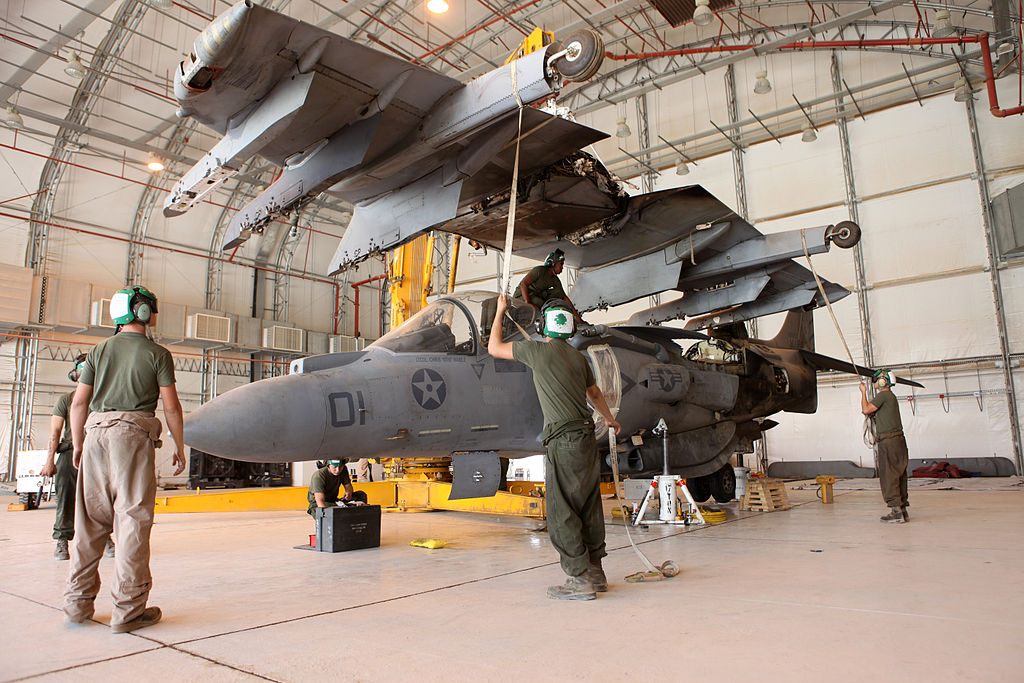
Lt. Col. Raible and his aircraft maintenance officer (AMO), Maj. Greer Chambliss drove back to the flight line from the operations hut after hearing gunfire and explosions and planned a counterattack.
Regular soldiers, members of VMA-211, and a quick reaction force of 15 RAF Regiment gunners in their Jackal patrol vehicles engaged the Taleban and eventually killed all but one of them; the lone survivor was captured. Air support was provided by a British Army Air Corps Apache and a USMC aviation attack team composed of an AH-1W and UH-1Y. Six AV-8Bs were destroyed, and two more were severely damaged, during the fighting, which also claimed the lives of Lt. Col. Raible and technician Sgt. Bradley Atwell of Marine Aviation Logistics Squadron 16 (MALS-16). Several other Marines and a civilian technician were also injured.
Willie Walker, a former Marine and a Boeing airframe expert saw the attack while working with a small group of civilian “tech reps” to maintain VMA-211’s crew flying their Harrier IIs in 2012:
“We had just come off maintenance, and all the jets for the next missions were refueled, loaded, and ready to go. I was in the airframes workshop and as part of we had one jet in phase inspection having its blast shield repaired. We heard the first explosion, then a second, and then a third, which I thought were RPGs. At about the same time two guys ran into the hangar shouting that they weren’t rockets [they were actually F-1 anti-personnel grenades], the Taleban was on base and we were under attack. Believe me, there was not a rifle in the rack one minute later, which left me looking for one.
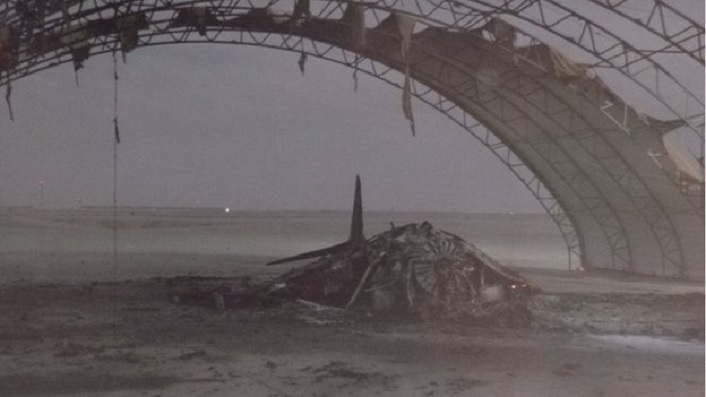
“As the Marines covered the doors, there were rounds coming in through the side of the hangar and then flying out the opposite wall. We were in a metal-covered workshop, with dividers for workstations and no protection. The CO, AMO, and other Marines raced up to the workshop in a vehicle, and Lt. Col. Raible came in and ordered the Marines out into the ditches surrounding the Lima Ramp in an attempt to fight back. It was at this point he got hit. Then an RPG came into our side of the hangar and detonated when it hit a door, wounding a few of the Marines who worked in the powerline [engine] shop. We just hunkered down while the guys outside fought back, and the guys inside passed their ammunition to those firing from the ditches. Eventually, several helicopter gunships appeared overhead and they contained the enemy threat.
“In the days following the attack, we helped with battle damage assessment on the two jets that had survived and worked with the Marines to get them prepared for shipment back to Cherry Point. The two VMA-211 jets that had been on detachment in Qatar [the Squadron received orders to reduce its debt commitment to eight AV-8Bs and 140 personnel for the final six weeks of the deployment] at the time of the attack came back to Camp Bastion, and VMA-231 sent six jets over from Cherry Point [ahead of the unit’s OEF deployment scheduled for October 2012]. We worked hard to clean up the mess and extend the flight line so that it was ready for the replacement aircraft.”
Six percent of the USMC’s Harrier II attack jet fleet was made up of eight destroyed or damaged aircraft. The USMC’s Harrier planes typically lose two airframes each year to attrition.
Prince Harry, who was stationed at the site at the time, was allegedly the objective of the operation, according to the Taleban, who also claimed that it was in retaliation for the film Innocence of Muslims.
The attack “bore all the hallmarks of the Haqqani network,” according to the BBC. A week later, the International Security Assistance Force (ISAF) said that it had apprehended one of the raid’s organizers.
Photo by Sgt. Keonaona Paulo / U.S. Marine Corps




![How this A-10 was able to RTB after her right engine had been struck by an Iraqi SAM [today the aircraft's damaged cowling is on display at the National Guard Museum]](https://aviation-wings.com/wp-content/uploads/2018/02/A-10.jpg)
![How this A-10 was able to RTB after her right engine had been struck by an Iraqi SAM [today the aircraft's damaged cowling is on display at the National Guard Museum]](https://aviation-wings.com/wp-content/uploads/2018/02/Cowling.jpg)
![How this A-10 was able to RTB after her right engine had been struck by an Iraqi SAM [today the aircraft's damaged cowling is on display at the National Guard Museum]](https://aviation-wings.com/wp-content/uploads/2018/02/A-10A-Cowling-reconstruction.jpg)
![How this A-10 was able to RTB after her right engine had been struck by an Iraqi SAM [today the aircraft's damaged cowling is on display at the National Guard Museum]](https://aviation-wings.com/wp-content/uploads/2018/02/Damaged-Cowling.jpg)


